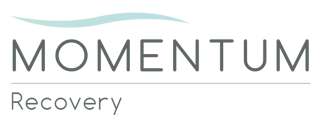Seeing a child fall victim to drugs can be difficult for any parent. The first thing to remember, a child or young adult having an addiction isn’t a sign of parental failure. Addiction is a disease and it impacts people of every background. If you are here, you are taking an important next step. You are looking for the best way to help your young adult. Together, you can start the road to recovery and get the treatment needed.
How Common Is Drug Abuse?
According to the Centers for Disease Control, the use of high-risk substances is larger than you might think. High-risk substances include prescription drugs, illicit drugs such as cocaine and heroin and drugs that are injected.
Roughly 15% of high school students reported having ever used illicit or injection drugs. About 14% said they misused prescription opioids.
While drug abuse can impact anyone, there are some groups that are at higher risk. That includes those with a family history of substance use, poor parental supervision, lack of school connections and mental health issues.
Sings Of Drug Abuse
There are some signs parents can look for that might shed light on if their child is high. Drug addiction symptoms include problems at school at work, such as disinterest, according to the Mayo Clinic. There are also physical issues, such as lack of energy and weight loss or gain.
Other signs include neglected appearance, changes in behavior, such as becoming more secretive, and having trouble with money. That could be requesting money without a reasonable explanation.
How To Help?
There are numerous ways parents can help when their child suffers from drug abuse. The first is just to be there for your child if they want to talk about their addiction or if they ask for help. Parents can also help their young adult once they decide to get treatment for their drug addiction. Feel free to reach out to our staff at Momentum to determine the next steps and best course of treatment for your child.

